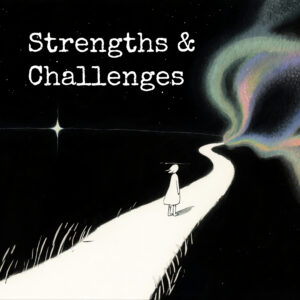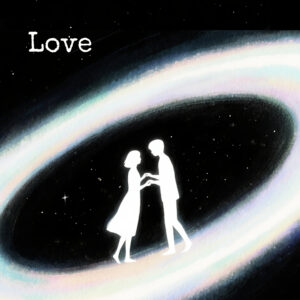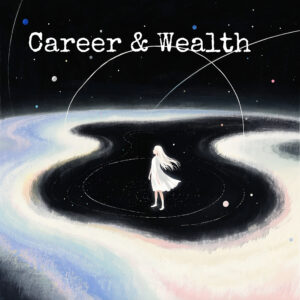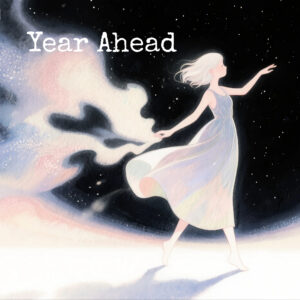Astrology, a complex system of symbolic language, has long captivated the Western imagination. Among its many components, the role of the planets stands as a central pillar. Each planet embodies a distinct energy, coloring different facets of human experience. While all the celestial bodies contribute to the intricate tapestry of an astrological chart, the Sun holds a unique and foundational place. In Western astrology, the Sun is more than just a planet (in traditional astrological terminology, all the major luminaries and planets are called “planets” regardless of their astronomical classification); it represents the very core of selfhood, the burning center around which the rest of the chart revolves.
In this in-depth exploration, we begin our journey with the Sun, examining its symbolism, its role in the natal chart, its mythological underpinnings, and its profound psychological significance.
The Sun as the Center: Symbolic and Astronomical Perspectives
To understand the Sun’s significance in astrology, it’s helpful to first reflect on its astronomical reality. The Sun is the star at the heart of our solar system, the gravitational anchor for all the planets. Without its light and warmth, life as we know it would be impossible. This physical centrality is mirrored in the symbolic language of astrology: the Sun is the vital center of the natal chart, representing consciousness, purpose, and the essential self.
Astrologically, the Sun’s placement in a sign at the moment of birth—the Sun sign—corresponds to the time of year and the broader rhythms of nature. It’s no accident that “What’s your sign?” refers specifically to the Sun sign in popular culture. While an individual’s full astrological chart contains many layers, the Sun sign remains a dominant and easily recognized feature.
Mythology and Archetype: The Solar Hero
Across cultures, the Sun has been worshipped as the source of light, truth, and vitality. In ancient mythologies, solar deities often play the role of hero, creator, or king. For instance, in Greek mythology, Apollo drives his chariot across the sky, illuminating the world. In Egyptian lore, Ra sails through the heavens, bringing order and life. The archetype of the Sun is therefore bound up with notions of identity, leadership, and creative power.
Psychologically, the Sun corresponds to the archetype of the hero’s journey: the call to become oneself, to express individuality, and to manifest one’s inner light. It is both the quest for self-knowledge and the journey toward self-actualization.
The Sun in the Natal Chart: Identity and Ego
In a birth chart, the Sun’s position by sign, house, and aspect to other planets reveals much about a person’s basic character, life purpose, and the energies they radiate outward. The Sun represents the ego—the organizing principle that shapes how we present ourselves to the world and pursue fulfillment. It is the “I am” at the center of being.
The Sun sign describes the essential qualities a person seeks to express. For example, a Sun in Aries is pioneering, energetic, and assertive, seeking new challenges and adventures. A Sun in Taurus gravitates toward stability, sensuality, and material comfort. Each sign colors the solar energy in a unique way, but the underlying drive remains the same: to shine, to express, and to be recognized.
The Sun’s house placement in the natal chart further specifies the areas of life where one seeks to shine. A Sun in the tenth house may indicate a drive for achievement and public recognition, while a Sun in the fourth house may highlight the importance of family and personal roots.
The Sun’s Aspects: How the Core Self Relates
No planet operates in isolation. The Sun’s aspects—angular relationships to other planets in the chart—reveal how one’s core identity interacts with other forces in the psyche. A harmonious aspect, such as a trine or sextile to the Moon, can indicate inner alignment and emotional congruence. Challenging aspects, like squares or oppositions to Saturn or Pluto, may signal internal conflicts or external obstacles that shape the hero’s journey.
For example, a Sun-Saturn square might manifest as struggles with authority, self-doubt, or a strong sense of duty. A Sun-Neptune conjunction could indicate a deeply imaginative nature but also challenges with clarity or boundaries. Each aspect tells a story of growth, tension, or synthesis.
The Sun and Psychological Development
From a psychological perspective, the Sun is often linked with the process of individuation—a concept developed by Carl Jung. Individuation is the journey toward becoming a unique and whole individual, integrating various aspects of the self into a coherent identity. The Sun’s position and condition in the chart provide clues to where and how this process unfolds in each person’s life.
Furthermore, the Sun is associated with the father or primary authority figure, especially in traditional interpretations. This parental influence can shape one’s sense of self-worth, ambition, and the model for self-expression.
Solar Transits and Progressions: Cycles of Growth
The Sun’s movement through the zodiac creates cycles of growth and renewal. Annually, as the Sun returns to its natal position (the solar return), it marks a time of new beginnings—a personal new year. Major transits involving the Sun, such as conjunctions with other planets or aspects from slow-moving transits, often signal turning points in self-awareness, vitality, and life direction.
Progressed Sun—an advanced technique where the Sun’s symbolic motion reflects personal development—can indicate shifts in identity, new phases of expression, and evolving life purpose.
Common Misconceptions About the Sun Sign
While the Sun sign is foundational, it is not the whole story. Many people feel their Sun sign does not “fit” them, often because their Moon, Ascendant, or other planetary placements strongly modify the solar expression. In-depth astrology considers the entire chart, recognizing that the Sun is the center but not the entirety of personality.
Moreover, the Sun sign is not simply about external personality traits. It points to the deeper journey of becoming—how we grow into our true selves over time.
The Sun in Relationship: Compatibility and Expression
In relationship astrology (synastry), the Sun’s interaction with another person’s chart reveals compatibility, shared purpose, and potential challenges. Harmonious Sun aspects between partners can create mutual support and recognition, while challenging aspects may lead to competition or misunderstandings about core values.
The Sun also speaks to the way one seeks to be seen and appreciated by others. Recognition, praise, and creative feedback are vital to solar fulfillment.
Living with Solar Awareness: Honoring the Core
Developing a conscious relationship with one’s Sun is a lifelong journey. It involves recognizing where you naturally shine, what energizes you, and how to embrace your authentic path. By honoring the Sun’s placement in your chart, you align with your purpose and inner vitality, radiating light not only for yourself but for those around you.
[Excerpt]
This article offers an in-depth exploration of the Sun’s role in Western astrology, examining its symbolic, psychological, and practical meanings. From its mythological roots and central place in the natal chart to its influence on personal development and relationships, the Sun is revealed as the radiant core of individual identity and purpose.



